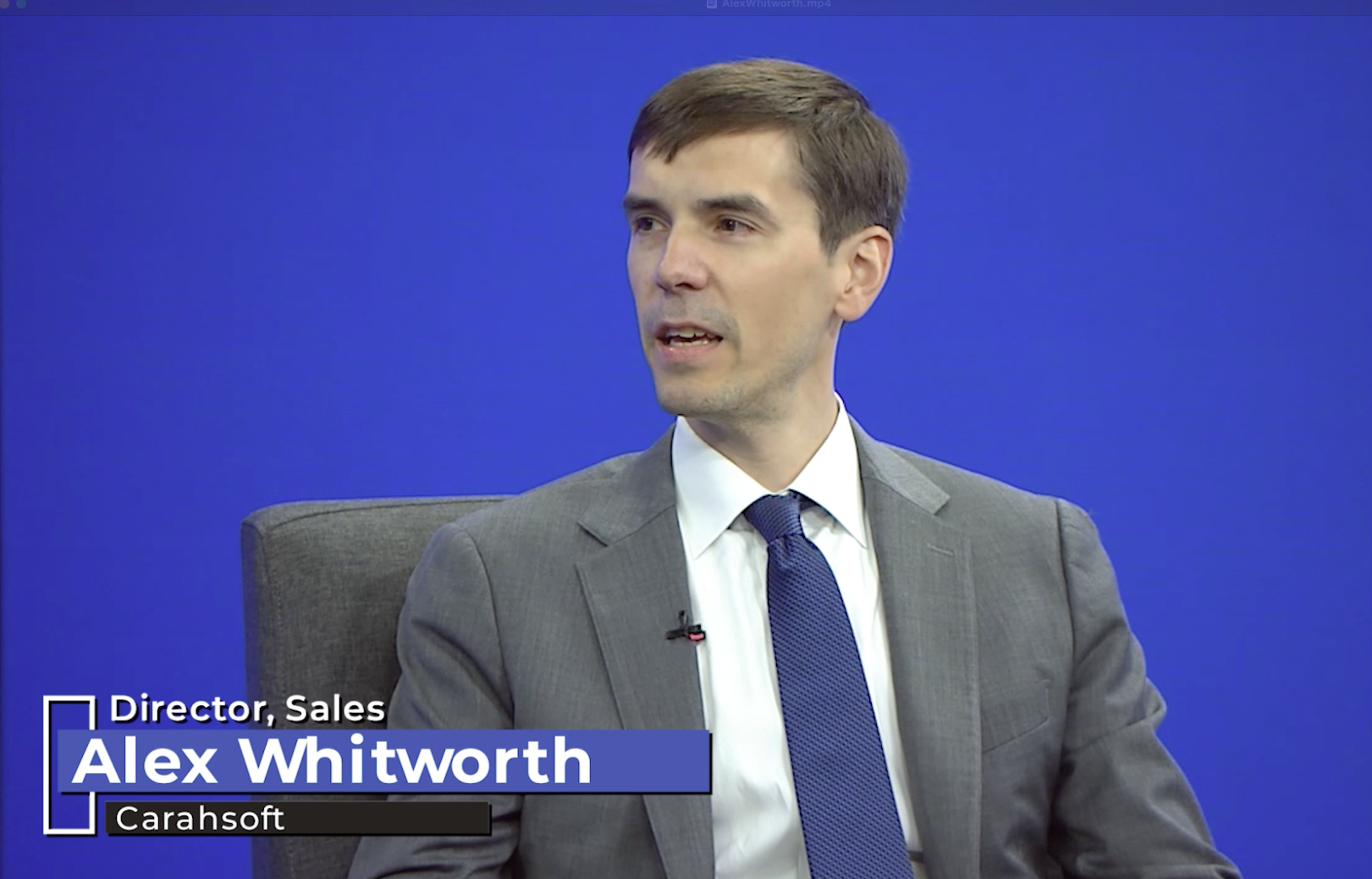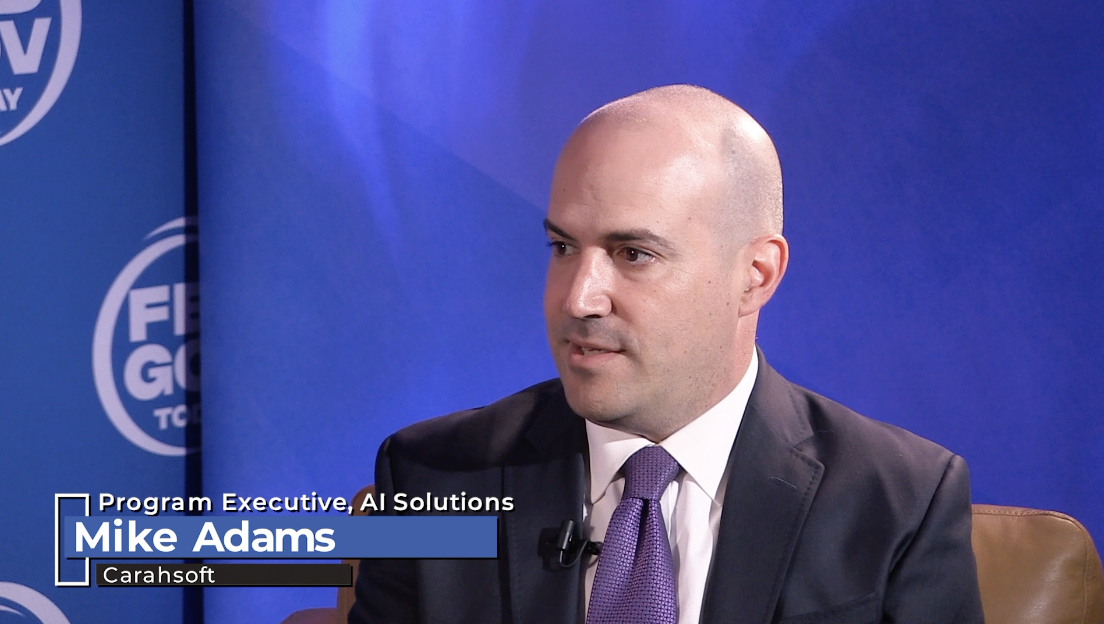Original broadcast 6/11/25
Presented by Databricks and Carahsoft
Artificial intelligence is only as valuable as the data it’s built on. For Todd Schroeder, Vice President, Federal Government at Databricks, this truth sits at the heart of why some agencies are accelerating their AI journeys—while others are still stalled in legacy processes. Speaking at the AI for Government Summit presented by Carahsoft, Schroeder outlined the path forward for government organizations that want to move from experimentation to results. The key? Treat AI not as a technology solution, but as a mission accelerant built on open, accessible, and well-governed data.
 Schroeder began by emphasizing that the most successful agencies aren’t necessarily the most technically advanced—they’re the ones that feel urgency. Whether it’s pressure to improve citizen services, respond to geopolitical risks, or meet rising expectations with shrinking budgets, urgency forces action. Increasingly, that action is being driven not just by CIOs and CTOs, but by mission owners—executives and program managers—who are looking for new ways to deliver outcomes faster and more effectively.
Schroeder began by emphasizing that the most successful agencies aren’t necessarily the most technically advanced—they’re the ones that feel urgency. Whether it’s pressure to improve citizen services, respond to geopolitical risks, or meet rising expectations with shrinking budgets, urgency forces action. Increasingly, that action is being driven not just by CIOs and CTOs, but by mission owners—executives and program managers—who are looking for new ways to deliver outcomes faster and more effectively.
“Change requires a sense of urgency,” Schroeder said. “The agencies that are seeing real progress are the ones where mission and business leaders are leaning in and saying, ‘we can’t wait.’”
That shift in leadership mindset has changed how organizations approach AI adoption. Instead of chasing flashy capabilities, forward-thinking leaders are asking: how can we make better use of the data we already have? How can we unify data that’s been scattered across cloud platforms, legacy databases, and software silos? The answer, Schroeder argued, lies in simplifying infrastructure and reducing tool sprawl—cutting down the number of disconnected systems and focusing on platforms that allow for unified, real-time analytics.
Over the last decade, many federal agencies have embraced cloud computing, but in doing so, they’ve also created fragmented environments. Departments use different tools, store data in incompatible formats, and often lack the visibility to make informed, enterprise-level decisions. Schroeder said that this complexity not only slows down AI efforts—it actively undermines them. “We’ve spent years adding software layers and siloing information. Now we’re asking ourselves, how do we bring it all back together so we can apply AI effectively?”
At Databricks, the answer lies in the lakehouse architecture—a unified data platform that combines the scalability of data lakes with the structure of data warehouses. This approach allows agencies to prepare, govern, and analyze their data in one place, making it possible to build and iterate on AI models quickly and reliably. When data is clean, accessible, and structured properly, agencies can stop guessing and start predicting—improving everything from benefits processing to fraud detection.
 Schroeder also pushed back on the idea that AI development needs long lead times. “AI doesn’t move in quarters anymore,” he said. “It iterates in days and weeks. You have to be able to move fast, test fast, and adjust quickly.” That agility demands more than just tools—it requires a new way of thinking about IT development. He described it as a transition from waterfall to agile, and now to “accelerated agile”—a mindset where quick iteration is the norm, not the exception.
Schroeder also pushed back on the idea that AI development needs long lead times. “AI doesn’t move in quarters anymore,” he said. “It iterates in days and weeks. You have to be able to move fast, test fast, and adjust quickly.” That agility demands more than just tools—it requires a new way of thinking about IT development. He described it as a transition from waterfall to agile, and now to “accelerated agile”—a mindset where quick iteration is the norm, not the exception.
But speed alone isn’t enough. Agencies also need confidence that their AI tools are safe, trustworthy, and traceable. Schroeder emphasized that good governance is essential—not just to ensure compliance, but to build trust with employees and the public. Agencies must be able to explain how AI models make decisions, track how data was used, and demonstrate that systems are performing fairly and accurately. That means having clear data lineage, robust validation, and strong model oversight baked into the development process.
Another major factor in successful AI adoption is choosing the right partners. Schroeder noted that while many vendors promise AI capabilities, relatively few understand the public sector’s mission complexity or regulatory environment. The best partners, he said, are those who can not only provide the tools, but also support the cultural and procedural transformation that AI requires. “This isn’t just about deploying models—it’s about changing how agencies think, how they operate, and how they measure success.”
Ultimately, Schroeder sees AI as a way to return agility to government. Instead of being weighed down by years-long IT modernization efforts, agencies can focus on targeted improvements that produce measurable results. When done right, AI can reduce redundancy, improve service quality, and allow staff to spend more time solving real problems and less time managing systems.
“AI isn’t magic,” Schroeder concluded. “It’s the product of good data, good architecture, and good leadership. And when you put those pieces together, you get better outcomes—not just for the agency, but for the citizens it serves.”
Key Takeaways:
-
AI success depends on unified, open data—not fragmented cloud tools.
-
Mission urgency, not just technical readiness, drives effective adoption.
-
Agile, iterative development and strong governance enable scalable results.
This interview was featured in the program Innovation in Government recorded on location at the Carahsoft AI for Government Summit. To watch the full program, click here.



